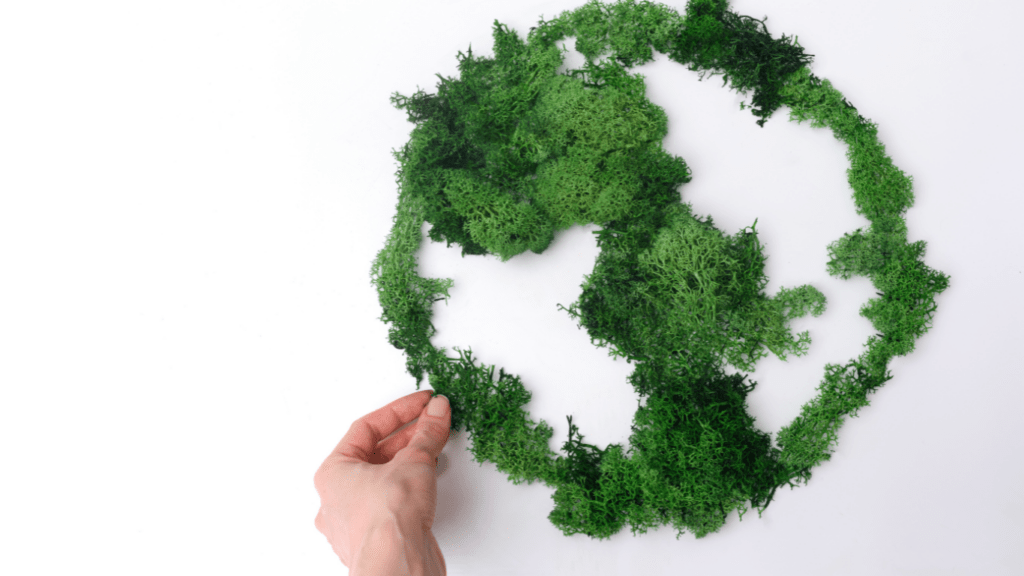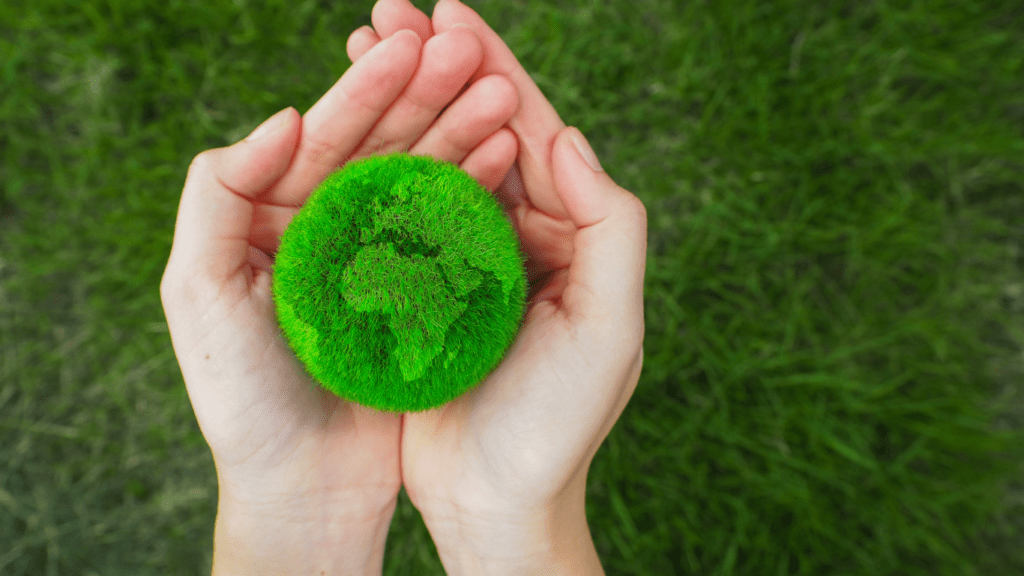Exploring the Concept of Sustainable Art
Sustainable art focuses on creating with environmental responsibility in mind. This movement blends eco-friendly practices with artistic expression.
What Is Sustainable Art?
Sustainable art uses recycled materials, non-toxic paints, and low-impact processes. Artists repurpose items like glass bottles and metal scraps to create new pieces.
They opt for natural dyes sourced from plants and minerals, reducing chemical use. Renewable energy, such as:
- solar power
- fuels some installations
- lowering carbon footprints
By bridging creativity and sustainability, artists shape a new environmentally-conscious narrative.
The Importance of Eco-Friendly Practices in Art
Eco-friendly practices in art minimize waste and reduce environmental harm. They encourage awareness of environmental issues through creative expression. Sustainable methods lower the demand for non-renewable resources by reusing existing materials. Natural dyes eliminate toxic waste, protecting water sources.
Renewable energy in art installations demonstrates a commitment to conservation. By adopting these methods, artists contribute to a more sustainable future.
Current Trends in Sustainable Art
Sustainable art’s rising popularity shows in diverse creative practices. Artists embrace innovative materials and methods that reflect eco-conscious values.
Materials and Methods
Artists now use recycled and upcycled materials in their creations, reducing waste and resource consumption. Recycled plastics, metals, and glass find new life as sculptures and installations.
Natural dyes replace synthetic ones, promoting sustainability in textiles and paintings. Renewable energy sources like solar panels power art studios, lowering carbon footprints. Some artists use biodegradable substances, ensuring that their art returns to the earth harmlessly.
Notable Artists and Their Contributions
Several artists lead the sustainable art movement with remarkable contributions.
- El Anatsui: Uses discarded bottle caps and aluminum to craft large-scale installations.
- Aurora Robson: Creates artworks from intercepted plastic debris, raising awareness about plastic pollution.
- Tara Donovan: Utilizes everyday materials like paper and plastic cups to create intricate sculptures.
These artists not only innovate but also inspire others to adopt eco-friendly practices. Their work embodies the principles of sustainability, highlighting the potential for creativity within environmental constraints.
Benefits of Eco-Friendly Art Practices
Eco-friendly art practices offer numerous benefits that extend beyond individual artwork. These methods positively impact the environment, society, and culture.
Environmental Impact
Eco-friendly art reduces waste and decreases reliance on non-renewable materials. By using recycled or sustainable materials, artists minimize their carbon footprint.
For example, incorporating items like reclaimed wood, recycled paper, and found objects helps divert waste from landfills. Using natural dyes, such as plant-based pigments, reduces chemical pollution.
Artists who adopt renewable energy sources, like solar power, contribute to reducing greenhouse gas emissions. Studios powered by solar panels or other renewable options promote sustainability in the creative process. This shift helps lessen the overall environmental impact of art production.
Societal and Cultural Benefits
Art that embraces sustainability does more than protect nature; it reshapes societal values. By using discarded materials, artists challenge perceptions of waste, encouraging communities to reconsider their consumption habits. This approach fosters a culture of reuse and recycling.
Eco-friendly art also promotes social awareness. Art pieces highlighting environmental issues serve as powerful tools for education and advocacy. When artworks focus on themes like plastic pollution, deforestation, or climate change, they stimulate public discourse and inspire activists.
Cultural preservation is another benefit. Applying traditional techniques and natural materials maintains heritage practices, connecting contemporary art to historical roots. This fusion of old and new enriches artistic expression and cultural identity.
Challenges Facing Sustainable Art

Sustainable art faces various hurdles despite its positive impact on the environment and society.
Economic Considerations
Creating sustainable art often requires more initial investment compared to traditional methods. Renewable materials and eco-friendly processes can be costly. These higher expenses may deter artists lacking adequate funding or resources.
Additionally, the price of sustainable art is sometimes higher, making it less accessible to a broader audience and potentially limiting market demand.
Availability of Sustainable Materials
Sourcing sustainable materials presents another significant challenge. Recycled materials and natural dyes are not always readily available in large quantities. This scarcity can hinder artists from producing consistent work.
Moreover, locating high-quality sustainable materials that meet both environmental and artistic standards requires extensive research and effort, complicating the creative process and driving up costs.
Future Directions for Sustainable Art
The sustainable art movement continues to evolve, with new trends and approaches emerging to address environmental issues.
Innovation in Materials and Techniques
Artists are constantly exploring innovative materials and techniques. Biodegradable materials like mushroom mycelium and algae-based bioplastics offer eco-friendly alternatives to traditional materials.
Nanotechnology is enhancing the durability and sustainability of art supplies. For instance, pigments created through nanotechnology use fewer raw materials and produce less waste. Open-source platforms allow artists to share sustainable methods, fostering community-driven innovation. These advancements are making sustainable art more accessible and impactful.
Engaging the Community and Policy Makers
Artists play a significant role in engaging communities and policy makers. Public installations and community art projects raise environmental awareness and encourage public participation. Workshops and educational programs teach sustainable art practices, empowering people to create eco-friendly art.
Collaborations between artists and policy makers develop policies that support sustainable art initiatives. For example, government grants and subsidies for sustainable materials make it easier for artists to adopt eco-friendly practices. Additionally, exhibitions in public spaces offer an opportunity to educate the broader audience about the importance of sustainability in art.


 Harriet Bellvovy, the visionary founder of Innov Art Foundry, has cultivated a platform that seamlessly bridges the traditional and modern aspects of the art world. Under her leadership, Innov Art Foundry has become a hub for the latest art news, keeping enthusiasts and professionals alike informed about significant exhibitions, breakthroughs, and emerging trends. Her commitment to fostering a vibrant art community is evident in the platform's comprehensive coverage, ensuring that artists and art lovers are always at the forefront of the dynamic landscape.
In addition to art news, Harriet Bellvovy has expanded Innov Art Foundry's focus to include art entrepreneurship, providing valuable insights for artists aspiring to turn their creative passions into thriving businesses. Her dedication to exploring diverse forms of artistic expression is further showcased in the platform's deep dive into tattoo art and the transformative role of virtual reality in the art world. Harriet's innovative approach continues to inspire and empower a new generation of artists, making Innov Art Foundry a vital resource in the contemporary art scene.
Harriet Bellvovy, the visionary founder of Innov Art Foundry, has cultivated a platform that seamlessly bridges the traditional and modern aspects of the art world. Under her leadership, Innov Art Foundry has become a hub for the latest art news, keeping enthusiasts and professionals alike informed about significant exhibitions, breakthroughs, and emerging trends. Her commitment to fostering a vibrant art community is evident in the platform's comprehensive coverage, ensuring that artists and art lovers are always at the forefront of the dynamic landscape.
In addition to art news, Harriet Bellvovy has expanded Innov Art Foundry's focus to include art entrepreneurship, providing valuable insights for artists aspiring to turn their creative passions into thriving businesses. Her dedication to exploring diverse forms of artistic expression is further showcased in the platform's deep dive into tattoo art and the transformative role of virtual reality in the art world. Harriet's innovative approach continues to inspire and empower a new generation of artists, making Innov Art Foundry a vital resource in the contemporary art scene.